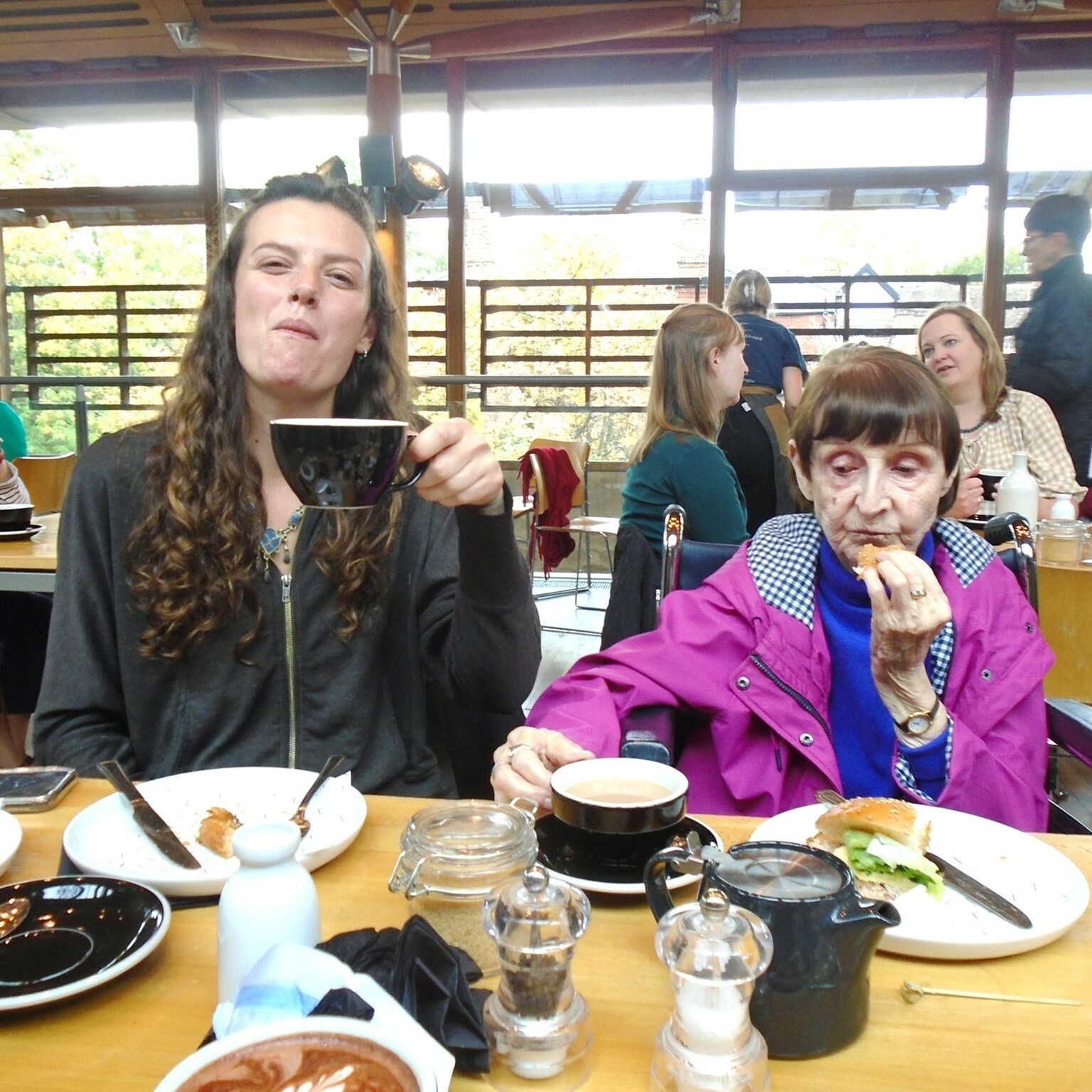The care home sector was presented with an unprecedented challenge when COVID-19 hit in February 2020. As part of the wider national lockdown, all care homes had to close their doors to external visitors as well as rapidly evolving their internal hygiene procedures to prevent the spread of the virus. Over a year later, as the vaccination programme continues to roll out at pace across the UK, and life begins to return to some form of normal, care homes across the country are opening their doors again to facilitate visits from family and friends – something which many of their residents have sorely missed – as well as welcoming new residents into their communities. But with the pandemic still a present challenge, how have care homes like Oakwood House in Norwich adapted to the ‘new normal’ and what procedures are in place to keep residents, staff and visitors safe?
Ongoing use of PPE
Along with increased cleaning and hygiene measures, the ongoing use of PPE (Personal Protective Equipment) has become an essential part of life for care homes in preventing the spread of COVID-19, and one of the main ways that care homes have had to adapt. Full PPE – including gloves, visors, face masks and aprons – is provided for all care workers, and all visitors are required to wear a face mask and use a hand sanitiser before entering the home. The use of PPE is likely to be something that continues to be used for the foreseeable future, so the team at Oakwood House have ensured that they have a plentiful supply that is regularly replenished.
Swift vaccination uptake
Care home residents were one of the first groups to be offered the COVID-19 vaccine when the vaccination programme began in January ’21. Care homes acted swiftly to facilitate the uptake of the vaccine, meaning that the majority of care home residents had received both vaccinations by March, and are fully prepared for additional boosters planned for later in the year. Care home staff have also been offered the vaccine, adding an extra level of protection for residents and peace of mind for their families.
Keeping the lines of communication open
In line with the latest government guidance, care homes are now able to allow relatives to visit their loved ones via in-room visits with up to five named visitors being allowed per resident (no more than two at a time), as well as external visits with those same five visitors also being permitted. However, many care homes have introduced different ways that residents can keep in touch with their friends and family – either via offering different methods of visitation or other forms of communication. Oakwood House has established several COVID safe family meeting rooms as well as socially distanced outdoor meeting spaces, and digital communication methods – such as video calls – are also still very much on the agenda should physical visits not be possible.
Robust infection control measures
Infection control strategies have always been present in care homes, however, the outbreak of COVID-19 meant that hygiene and cleaning practices had to be intensified which required all care home staff to receive training to ensure they could carry out these stringent procedures. As part of current infection control measures, care homes regularly test all staff and residents for COVID-19 in line with the government guidelines and also ask that visitors take a lateral flow test prior to entering the home. The combination of regular testing, robust hygiene practices and the use of PPE – including screens where required – has allowed care homes to reintroduce services, which were previously prohibited during lockdown, such as hairdressers, chiropodists and external entertainers. Some homes – such as Oakwood House – continued to provide these services throughout the various lockdowns, but at the peak of the restrictions, they were conducted by staff.
New introductions
As part of their infection control measures, care homes have also had to adapt how they welcome new residents, with many homes implementing a form of quarantine to keep existing residents safe. At Oakwood House, new residents spend the first 10 days in a safe quarantine area within the home (receiving all the care they need from the friendly care staff) before being tested for COVID-19 and then moving into the main home.
Looking ahead to the ‘new normal’
As we’ve seen, care homes have had to implement many changes across their services in order to adapt to a post-COVID world. However, with lockdown restrictions set to lift further on 21st June, the outlook for care homes is looking bright. Although the wearing of facemasks and regular testing may continue to be part of life for the foreseeable future, the ‘new normal’ will bring lots of benefits for care home residents and their relatives. Family visits will become easier and more frequent, and residents can continue to enjoy their regular activities whilst catching up with their friends within the community (as well as staff), offering lots of opportunities for social interaction. Meaning that the care homes’ social and events calendar will once again be full to the brim of activities and celebrations to keep residents active, content and safe.
Related News
June 12, 2024
Norfolk Care Awards 2024
June 3, 2024
Oakwood House Open Day
October 1, 2023
Maintaining Independent Living – Oakwood House
August 1, 2023
Care home funding in England: 2023
June 1, 2023
How to find a care home
April 1, 2023
Types of care homes
March 1, 2023
5 tips to help you pay for a care home
January 27, 2023
Visit from the Chief Nurse for Adult Social Care Deborah Sturdy
January 5, 2023
Residents & Family – Our visiting guidelines
December 12, 2022
Home Manager Announcement
December 6, 2022
And the winner is……
November 2, 2022











